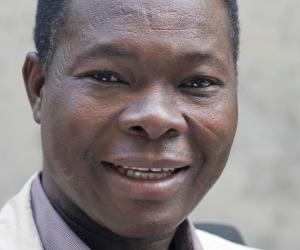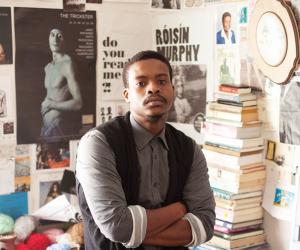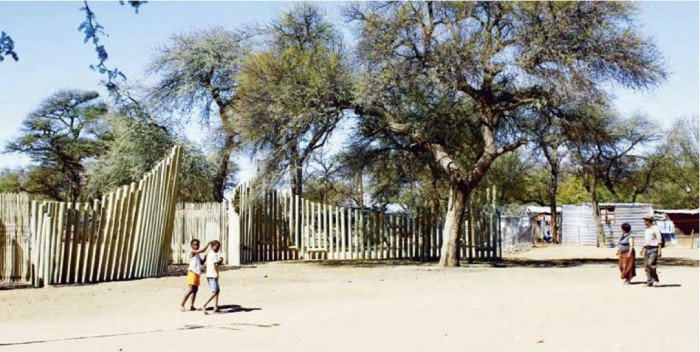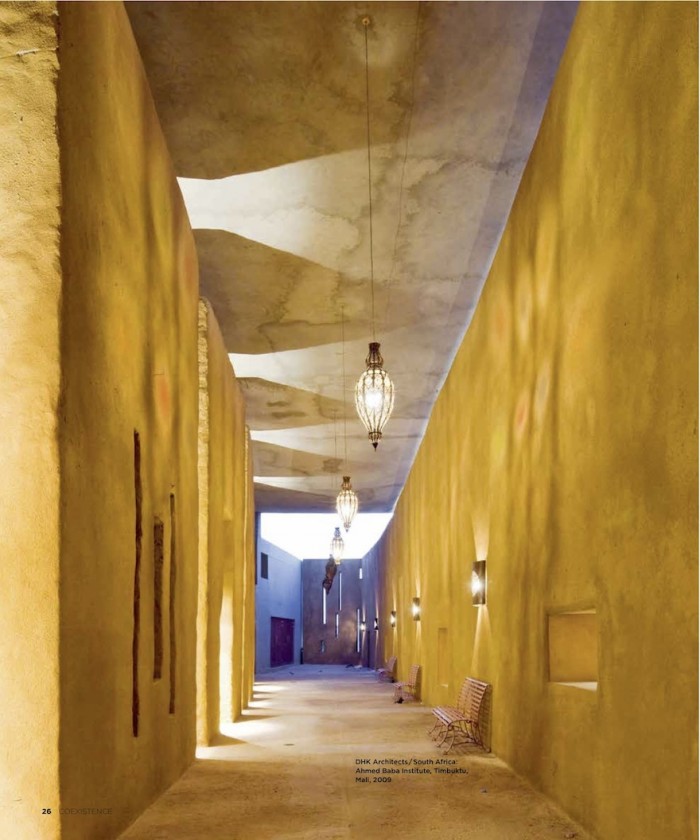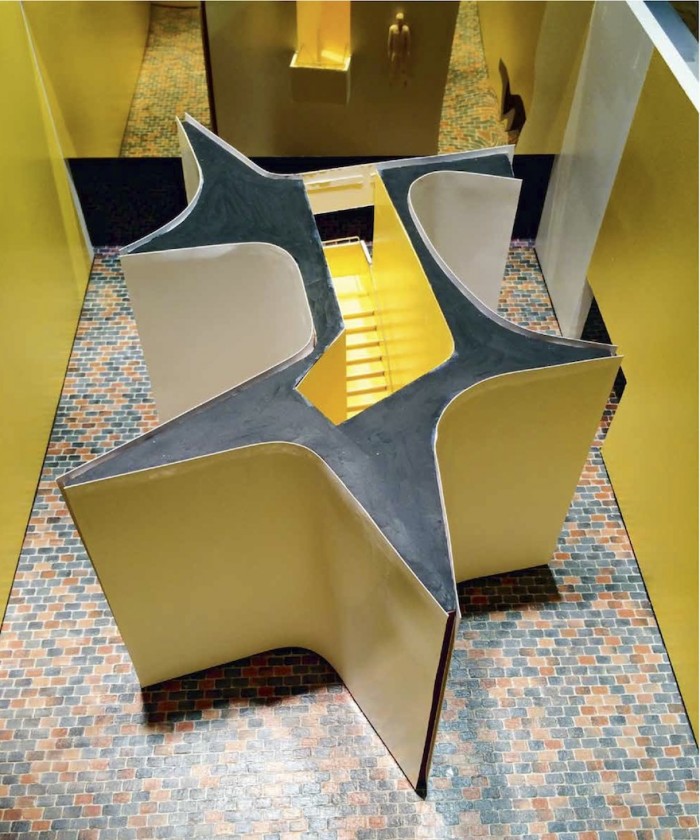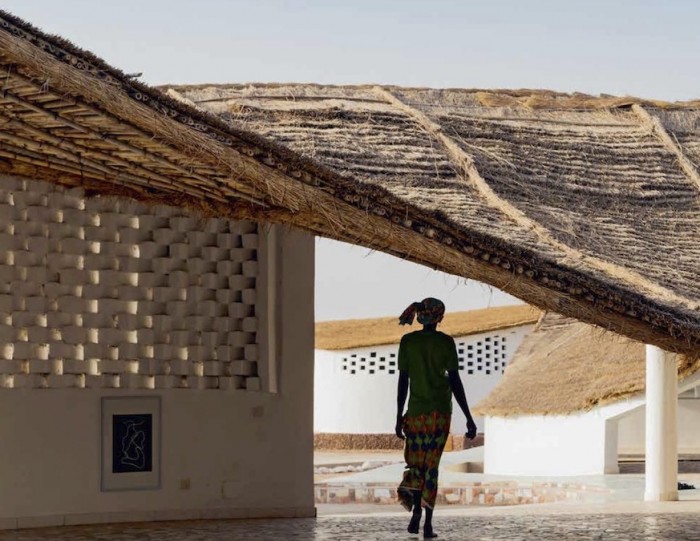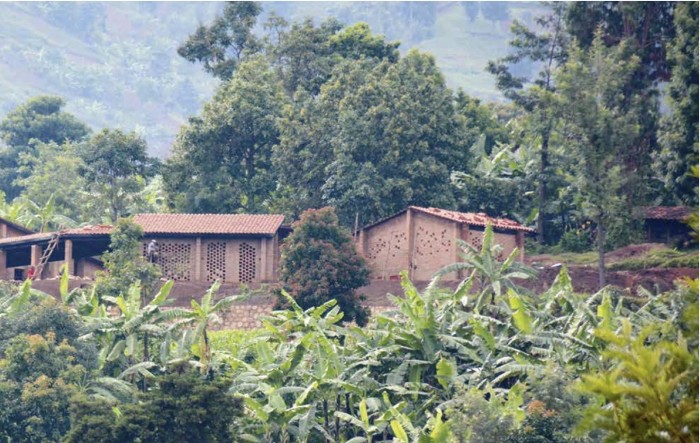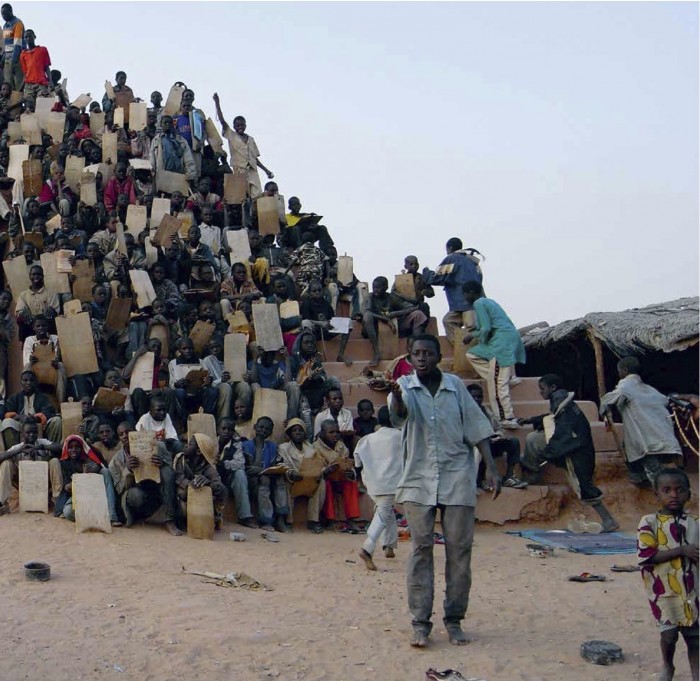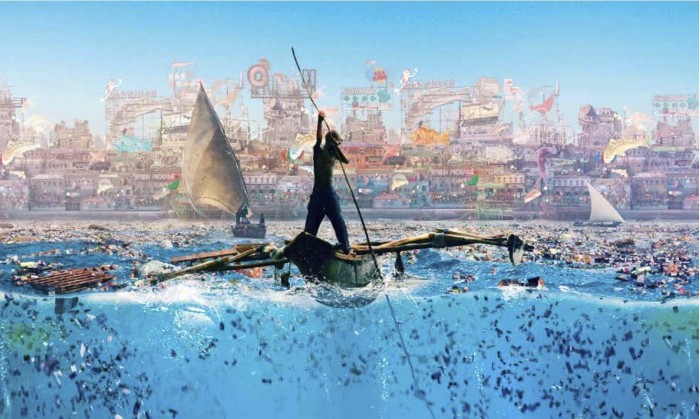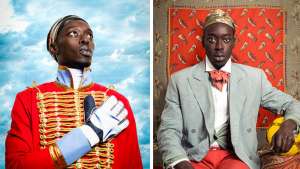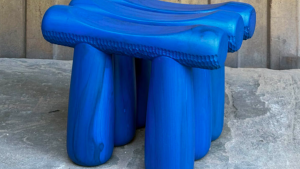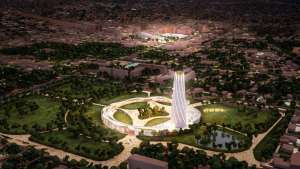The exhibition AFRICA: Architecture, culture and identity, which opens at the Louisiana Museum of Modern Art in Denmark today, is the latest exhibition surveying recent developments in design and architecture on the continent. (The Vitra Design Museum’s Making Africa exhibition opened in March and runs until 13 September, while Design Indaba has mounted two, very different iterations of it own flagship project, Africa Is Now, at its Expo the past two years.)
Louisiana’s wish to mount this exhibition had its origin in the fact that despite the fact that Africa is the world’s second-largest continent, surprisingly little is known about its contemporary culture in Northern Europe. “Unless one has actually travelled around and experienced the continent with one’s own eyes, it is the stereotyped narratives of abysmal poverty, drought, famine, genocide, military coups, Ebola, AIDS and misdirected foreign aid that dominate the picture,” say the exhibition’s curators, Kjeld Kjeldsen and Mathias Ussing Seeberg.
The museum’s aim is to shed light on the complexity of the continent and to help open the eyes of the public to a more varied view of the development and future prospects of this part of the world.
The exhibition is divided into seven thematic sections with focusses on different, inspiring narratives about what is happening here and now, exemplified by a number of specific construction projects under the selected themes.
Belonging
To begin with, 25 prominent artists, designers, writers and architects are given their say. Using their own disciplines, each offers a suggestion for what it means for them to ‘”belong”. They include an audio work by Nigerian artist Emeka Ogboh, South African artist Athi-Patra Ruga’s tapestry map of fictional territories, writer Diriye Osman’s story of growing up as a homosexual in Somalia and Kenya, and Senegalese photographer Omar Victor Diop’s Project Diaspora series of self-portraits.
Coexistence
Coexistence, viewed from several perspectives, is a central concept across regions in Africa. The exhibition demonstrates this in a number of images and cases that show how the coexistence of apparently paradoxical contrasts is a condition of life and is of fundamental importance to the individual community.
Growing cities
Sub-Saharan Africa is home to some of the fastest-growing cities on the planet. Staged by South African architect Heinrich Wolff, this part ofthe exhibition turns the focus on the following six cities: Dakar, Lagos, Nairobi, Kinshasa, Maputo and Johannesburg. They are all important nodal points on the continent and represent a complexity of geography, culture and colonial history that is expressed in different modes of living. The exhibition shows the rise of informal neighbourhoods as well as utopian visions of the future, housing projects for a growing middle class and colonial-era architecture.
Making space
Here the exhibition dips into a range of spatial topologies related to everyday life across sub-Saharan Africa: when food is cooked, when sacrifices are made to the ancestors or when the elders gather in council. The everyday chores are determinants of the form and function of the architecture. It looks at the simplest example of a space – the area beneath a tree, where villagers gather in shade and shelter.
The theme juxtaposes topologies of space with a number of new architectural projects that take their cue from regional building customs, including Diébédo Francis Kéré’s projects in his own village of Gando in Burkina Faso.
Rebuilding
Although Rwanda is one of the smallest nations on the African continent, the country looms large in the minds of many people as a result of the ethnic genocide in 1994. But Rwanda 20 years later is one of the best-functioning countries on the African continent, with a growing economy and a firm administration that is working hard
to improve the country.
“It is crucial for the exhibition to make room for a narrative from Rwanda, because this example stands so clearly in people’s minds, and the need for a counter-image is all the greater,” say the curators. “This is a story of reconciliation, education and a general strengthening of the social infrastructure through the erection of school buildings, kindergartens and other fundamental constructions – all crucial to the transformation of the image of Rwanda, so the country can escape from
the curse imposed by the events of the past.”
This part of the exhibition includes a case history recounted by the drawing office ASA. The founders of ASA,Tomà Berlanda and Nerea Amorós Elorduy, have created a 1:1 brick structure for the space that is a section of one of the building types they have erected in various parts of Rwanda.
New communities
Socially rooted architecture – schools, hospitals, children’s homes, women’s centres and religious institutions – is one of the most outstanding architectural tendencies in sub-Saharan Africa. It is characteristic of several of these projects that there is a high degree of local specificity. To a great extent they make use of local resources and try to engage in dialogue with an existing building tradition in the given region. They involve the local users in the construction process to ensure that the finished building matches local needs and the participants are trained to maintenance them once the architects have left the arena.
Building futures
What will the future be like? How does one build the future? Contemporary art’s exploration of potential futures is a strong tendency on the African continent – which the exhibition here refers to as “Afrofuturism” but is a term many African artists reject.
Within architecture the future also plays a special role. A central element in this theme is the recently-deceased Congolese artist Bodys Isek Kingelez’s monumental, beautiful city-model “Kinshasa: Project for The Third Millennium”.
In addition, the exhibition is showing two large 1:1 installations in its sculpture park by the Spanish architect studio selgascano and the Namibian architects Droomer & Christensen.
AFRICA is the third and final exhibition in the Louisiana Museum’s series on “Architecture, culture and identity” that began in 2012 with the NEW NORDIC exhibition. In 2014 this was followed by ARAB CONTEMPORARY, which included the Maghreb countries in North Africa.
“AFRICA: Architecture, culture and identity” is at the Louisiana Museum of Modern Art until 25 October 2015



